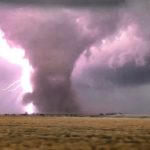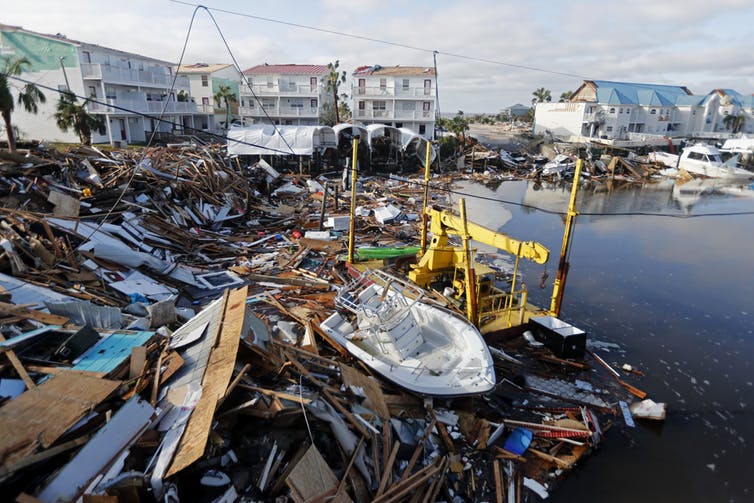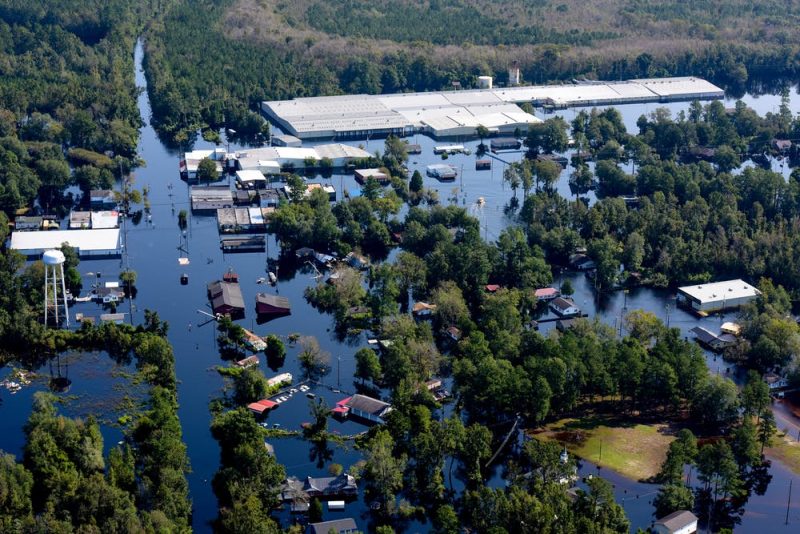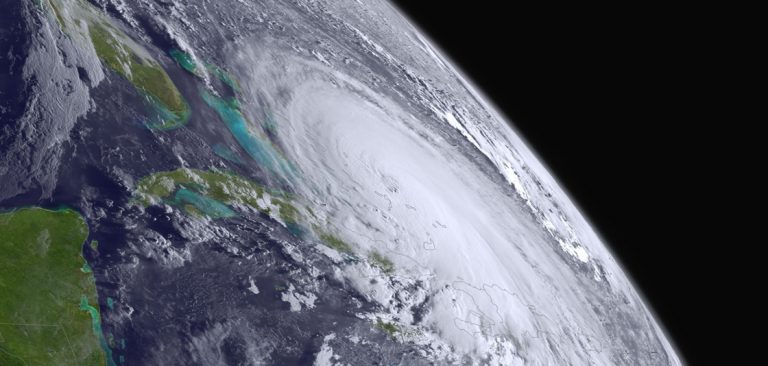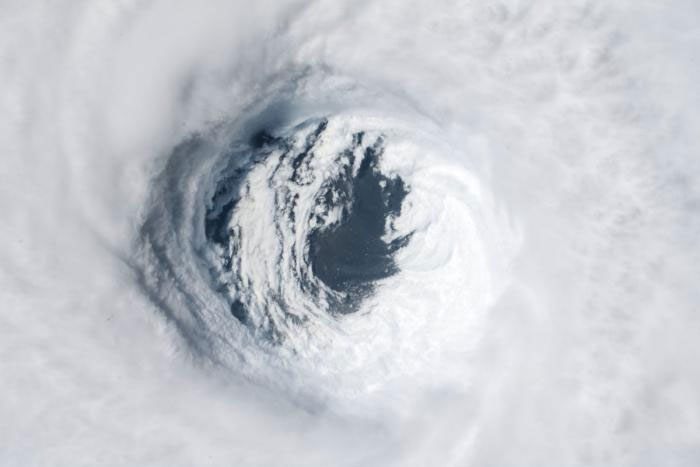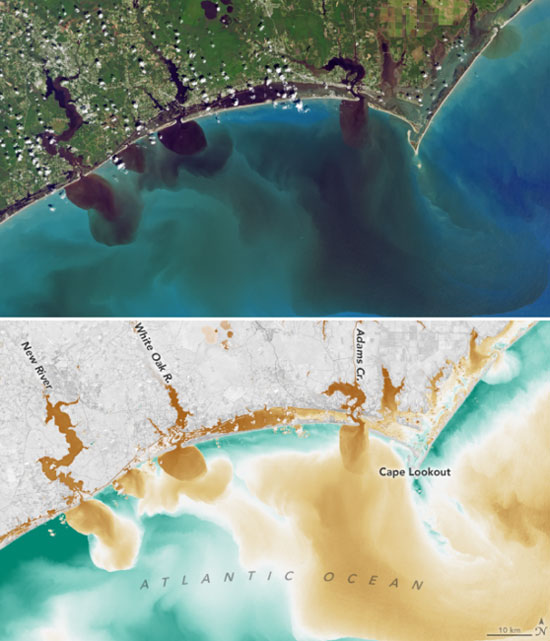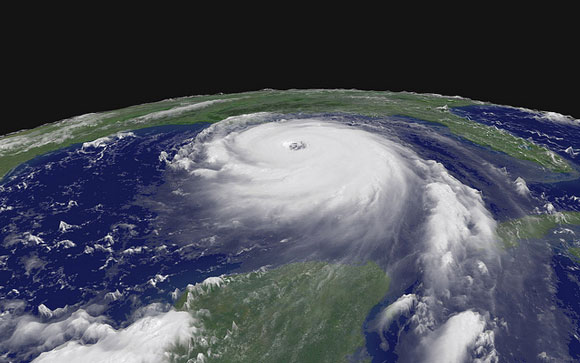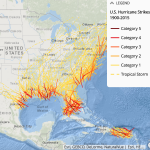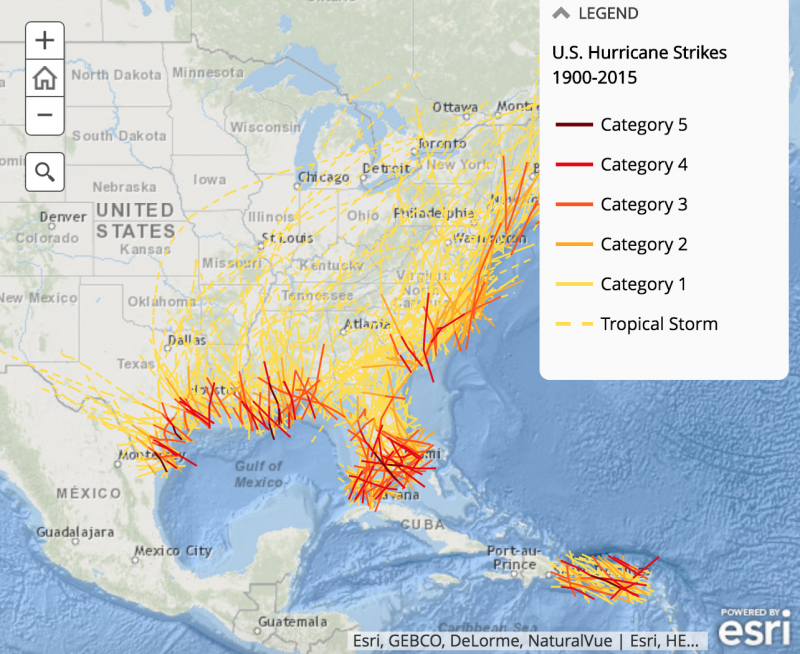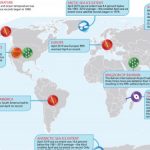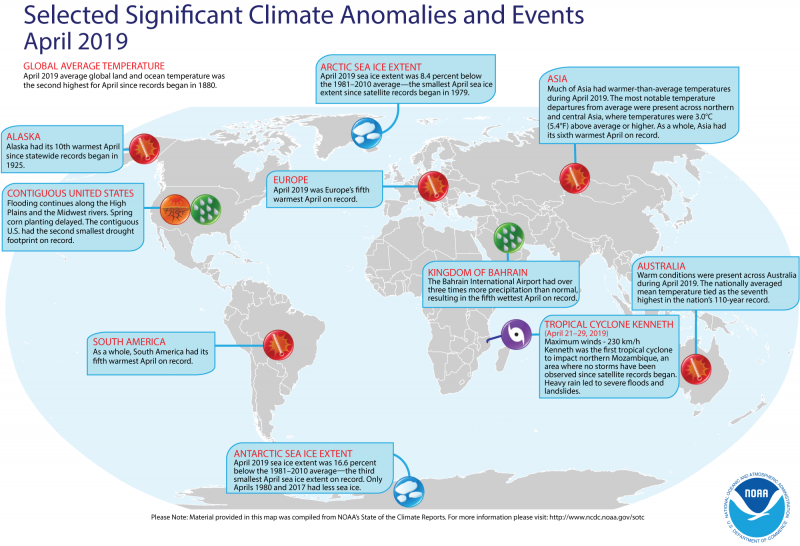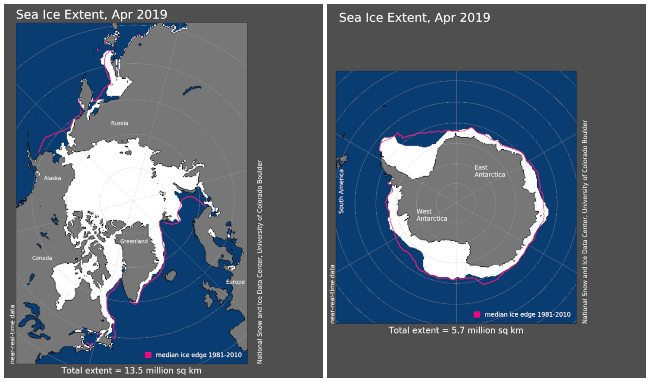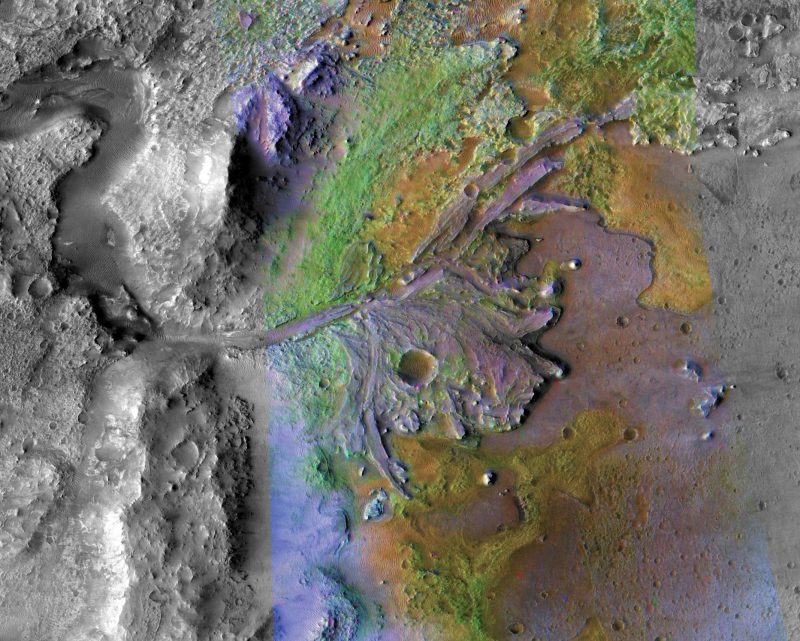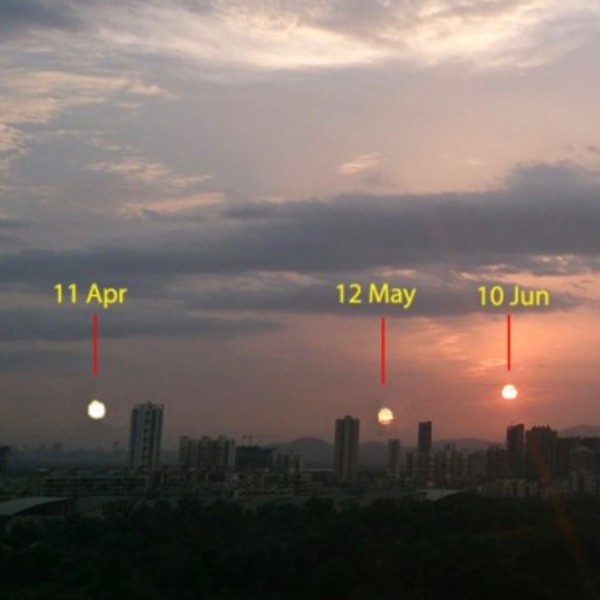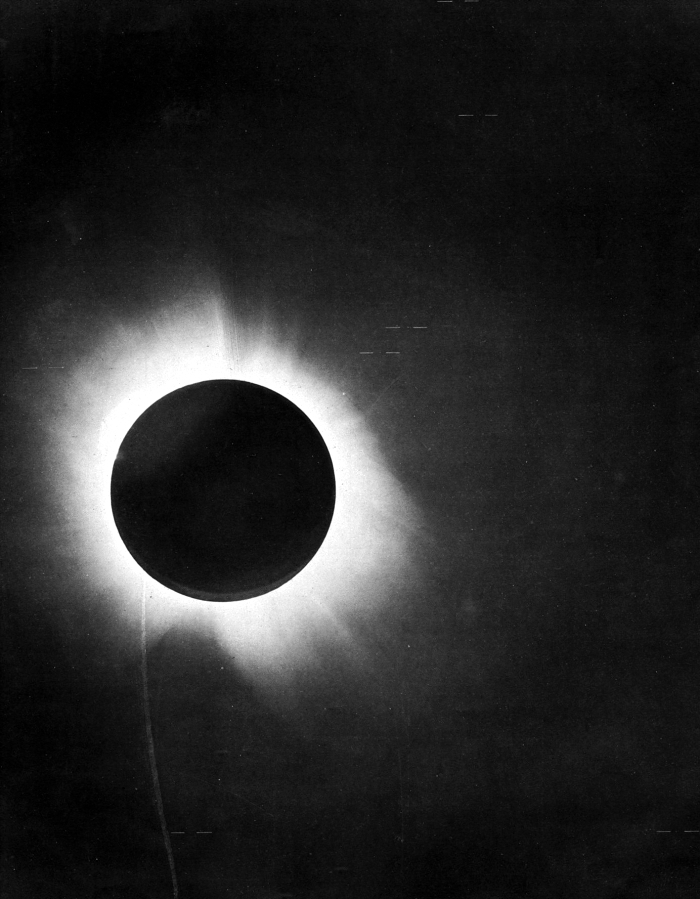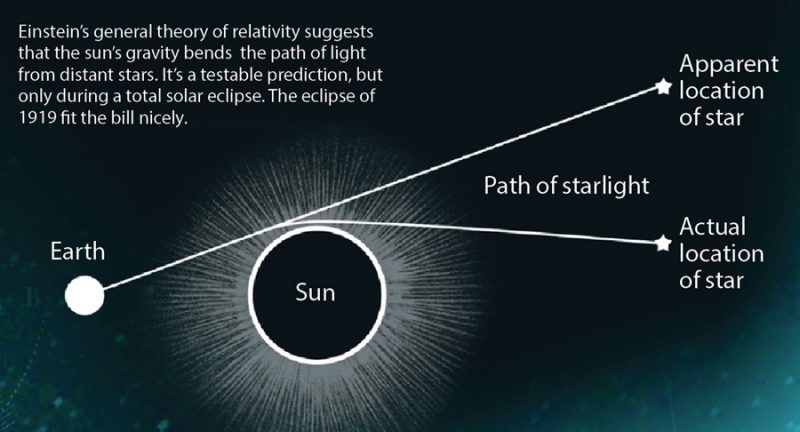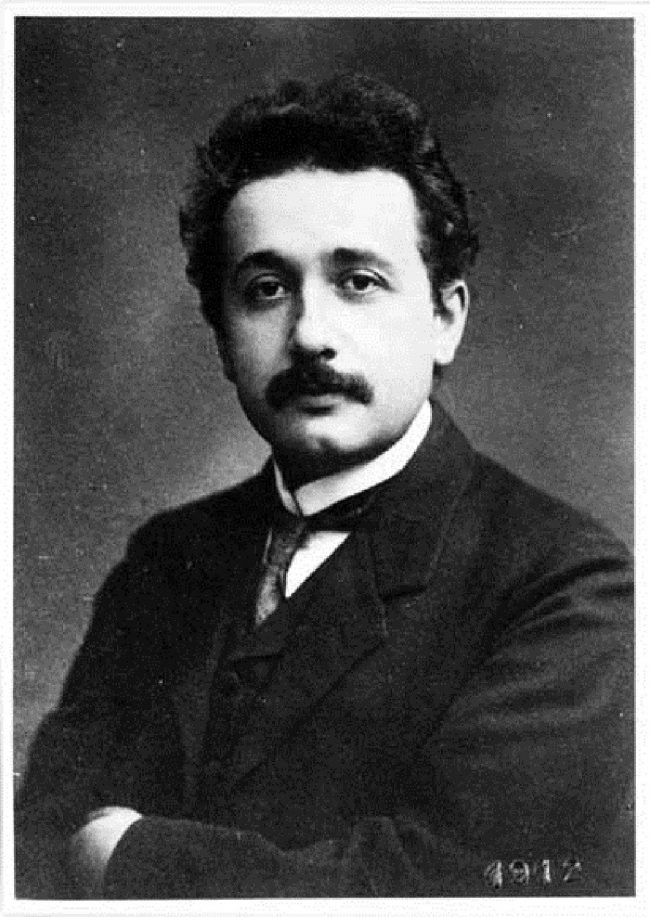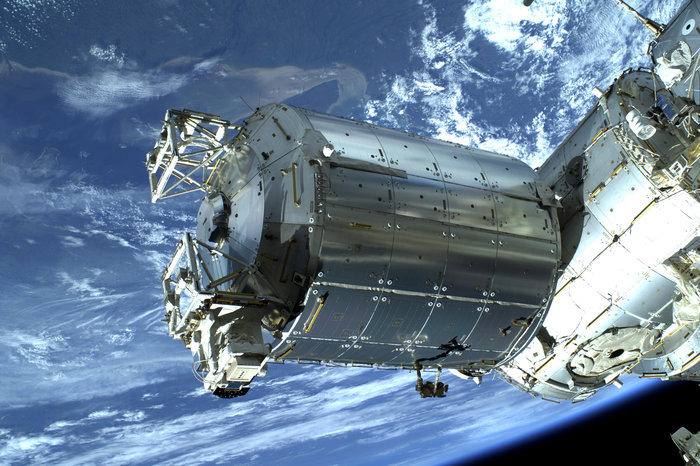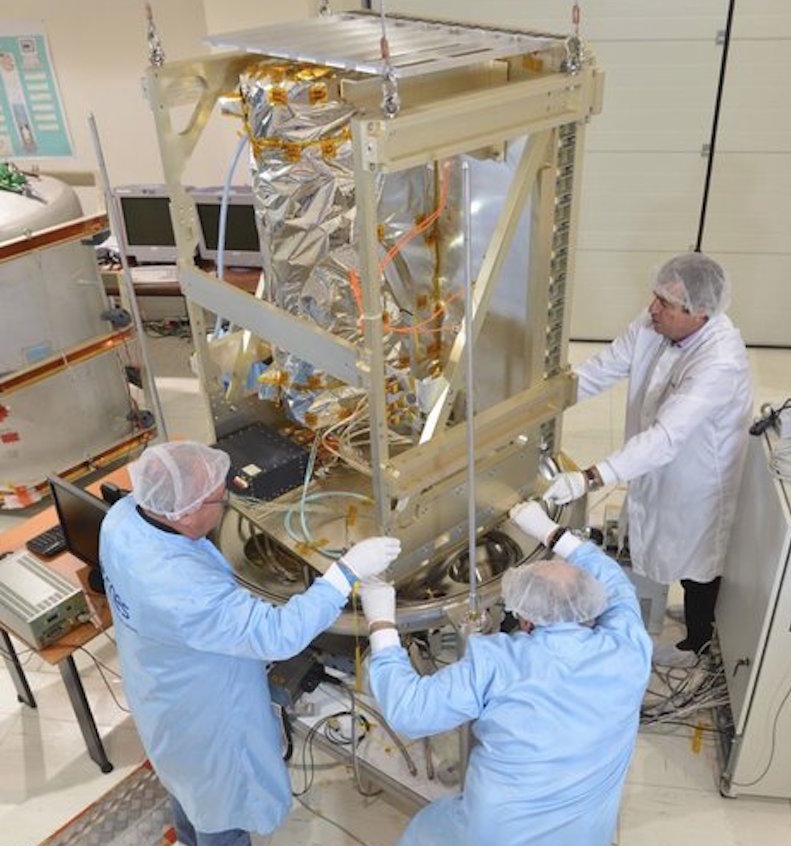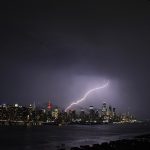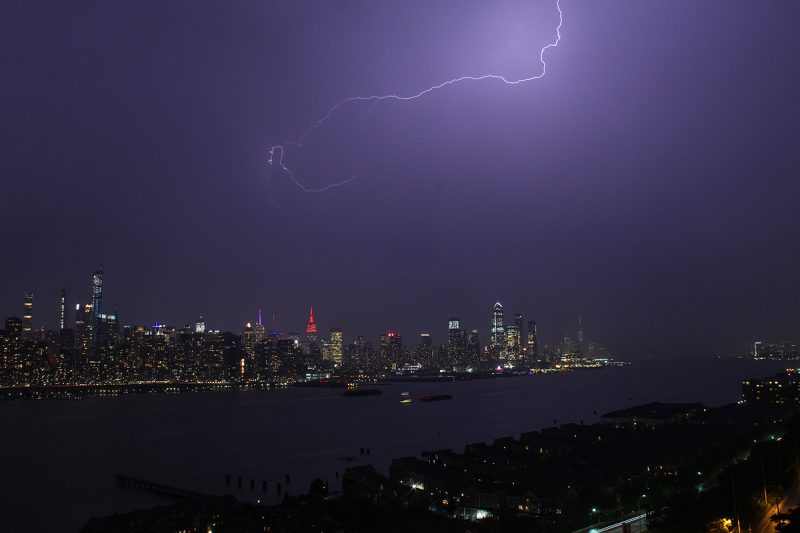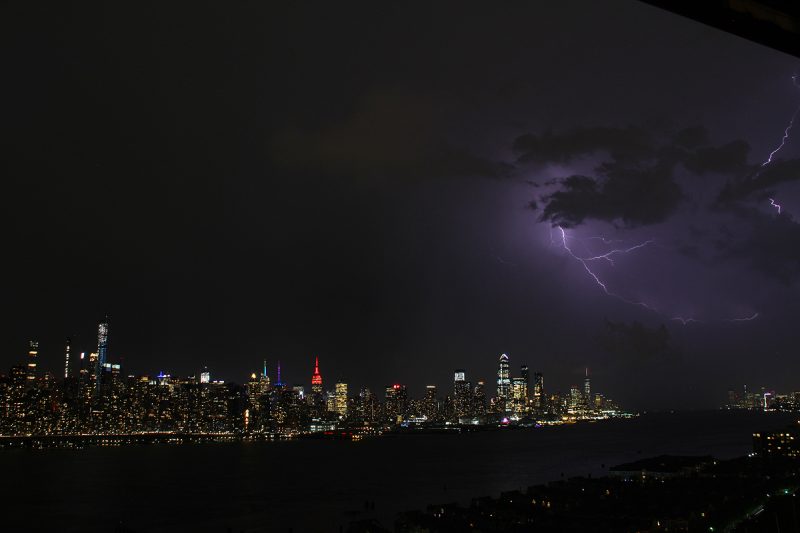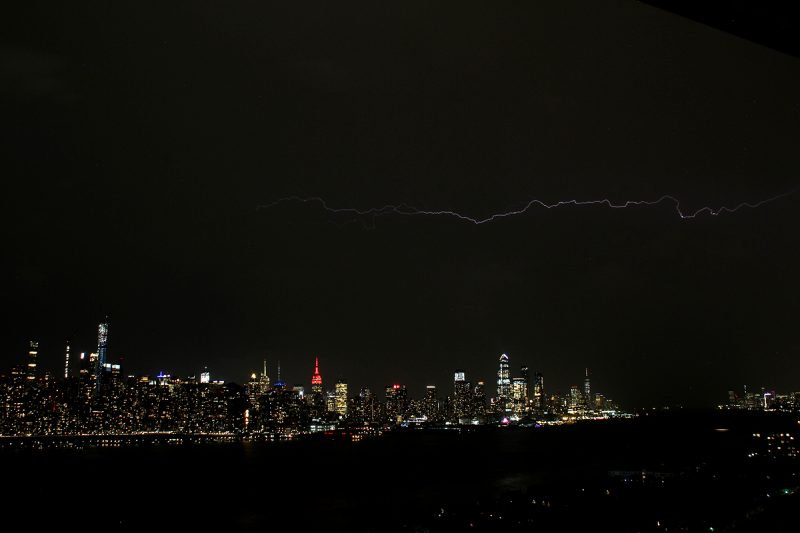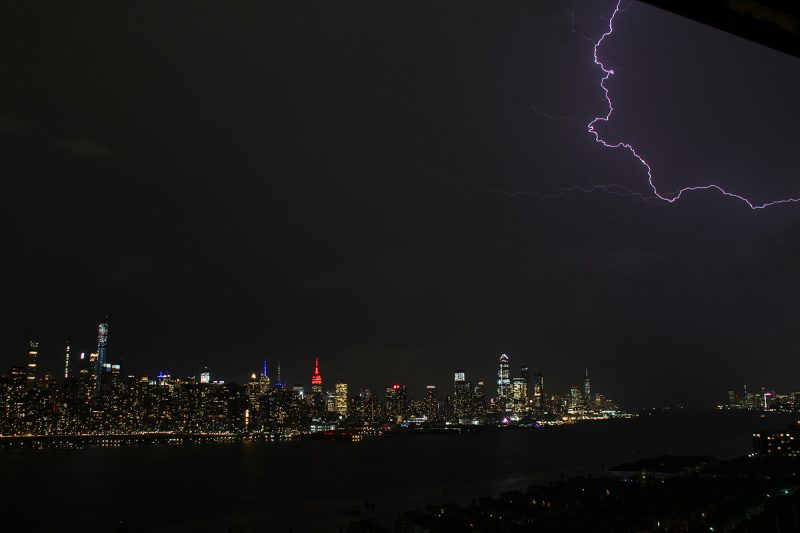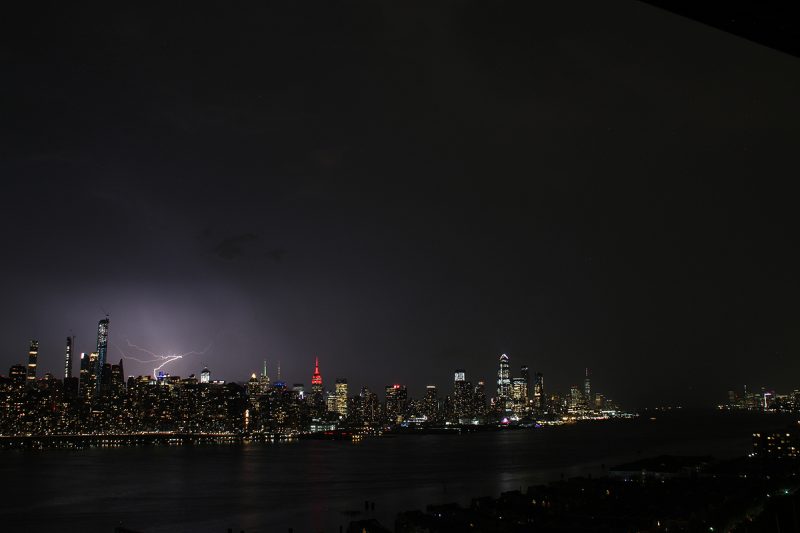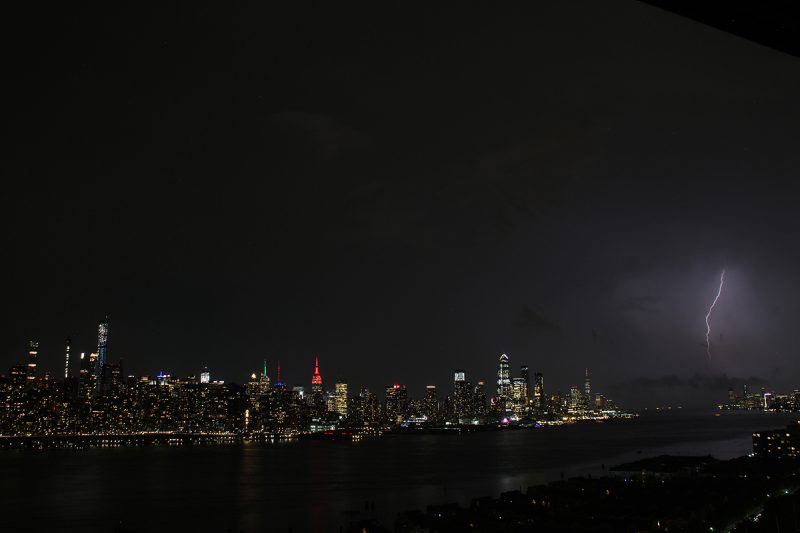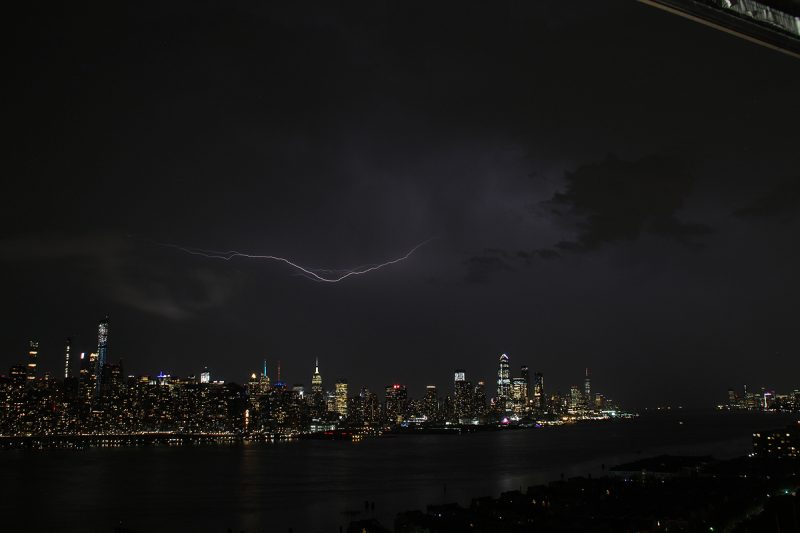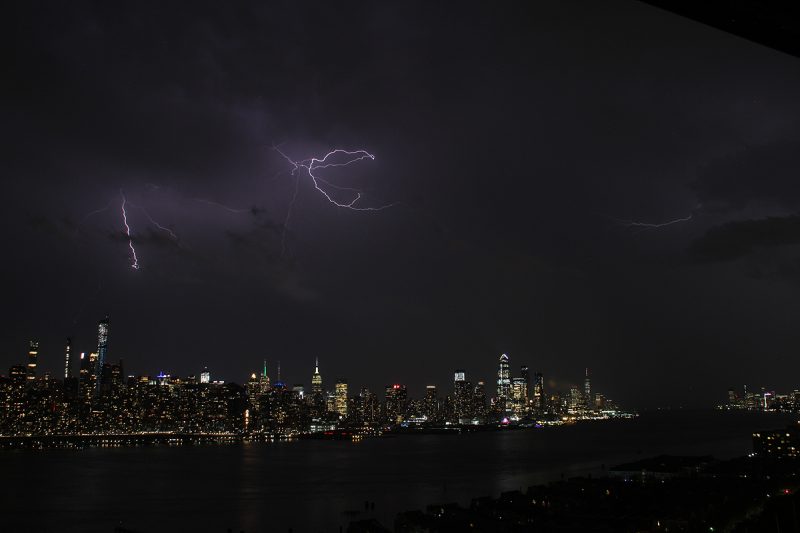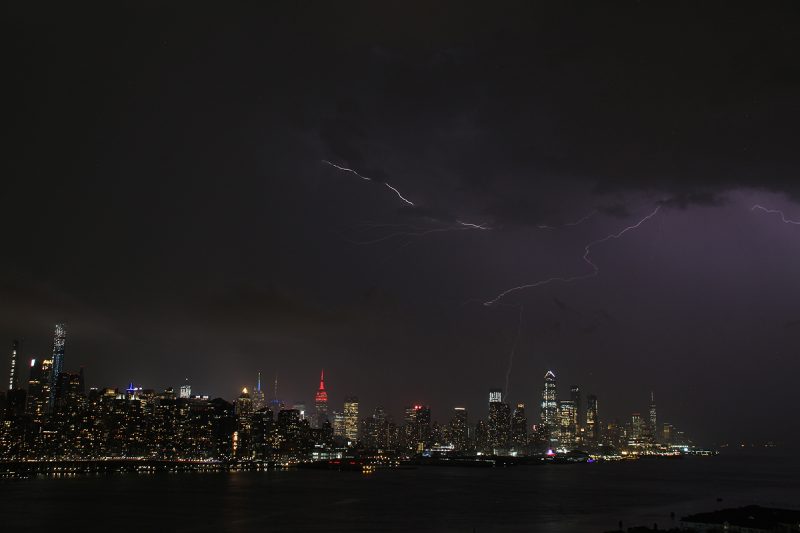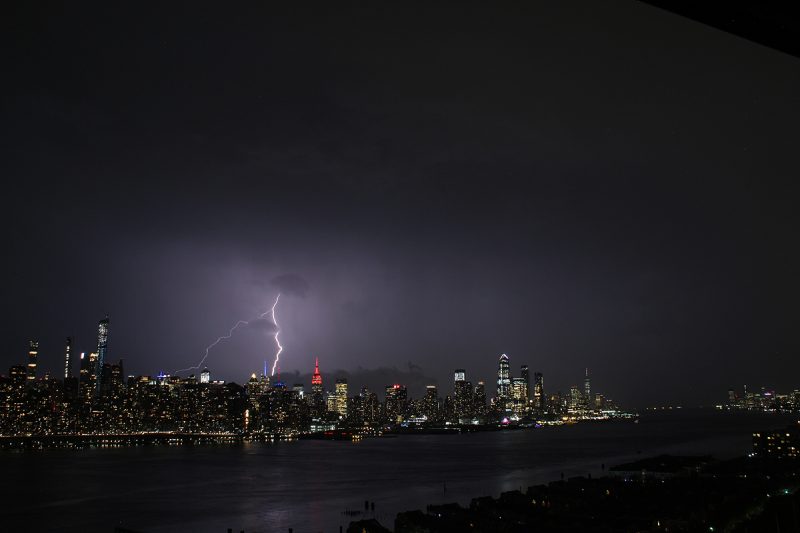The use of tobacco products, like smoking cigarettes, is the leading preventable cause of cancer worldwide. And lung cancer is still a leading cause of global deaths.
But while the number of men dying from lung cancer is starting to fall, recent figures suggest that the number of women dying from the disease around the world is still increasing.
Today, like every May 31st since 1987, is World No Tobacco Day. And this year’s theme of lung health and tobacco makes it all the more relevant to try and unpick this trend.
Big Tobacco’s marketing tactics increase tobacco sales to women
It’s hard to pinpoint one reason to explain this shift, though tobacco industry tactics such as the marketing of tobacco products, can partly explain this rise in female lung cancer deaths. This includes marketing products in a way that will appeal directly to women, making smoking seem like a glamorous and empowering habit. These tactics can’t be used in the UK as, like many other countries, the Government has prohibited virtually all tobacco advertising. However, there are many countries including China, the Philippines and India, where this is still not the case.
Before we can start to explain why we are we seeing more women dying from lung cancer we need to think about what is meant by ‘gender’.
Professor Sarah Hawkes of the Institute of Global Health at the University College London, and Global Health 50/50, is an expert on gender and health. She says gender, unlike sex, is what society makes you into. “It’s malleable and flexible and throughout our lives we are surrounded by situations and drivers that will change how we identify and express our own gender”.
And gender is a key driver behind smoking.
“No one” she says, “understands this better than commercial industries.”
Professor Hawkes has spent much of her career researching the impact of gender on health. Her research on tobacco has highlighted how profoundly the two factors can influence one another.
According to Hawkes, women are a prime target for the tobacco industry for two major reasons.
The tobacco industry are masters of understanding how to manipulate gender norms to increase their profits.
– Professor Hawkes, Institute of Global Health UCL
Firstly, 80% of the world’s smokers live in low-and-middle income countries. And some of these countries are experiencing economic growth, meaning more women are able to afford tobacco.
And in countries experiencing economic growth, more women are moving from rural parts of the countries into cities, where smoking is more common. “Educated women in urban Mumbai (India) for example, are more likely to be smokers than young women in rural Maharashtra,” she says. These factors lead to an uptake in tobacco use.
Second, the industry understands and takes advantage of changing gender roles. Just like industries who capitalised on societally-defined differences between men and women, including the marketing of ‘girls’ and ‘boys’ toys, the tobacco industry has used a series of tactics to take advantage of the way countries define gender to drive sales of its products. For example, by creating female branded packs that promote attributes such as slimness, glamour and attractiveness.
But they’ve not stopped there. The tobacco industry has also designed products to appeal to women at different stages of their life and fostered the false idea that tobacco is linked to empowerment.
Cigarette brands for younger women emphasise confidence, freedom and independence, while those marketed towards older women drew on themes of relaxation and escape from daily stresses.
Who societies think ‘should’ or ‘shouldn’t’ smoke has also been influenced by the tobacco industry. “You might believe that [smoking] is a symbol of independence, because a commercial company is telling you this story. Particularly if you live in a country where in your grandparents’ generation men were the only ones allowed to smoke,” says Hawkes.
It’s not just smoking
It’s not just women starting to smoke that’s behind this trend. 64% of those who die from exposure to second-hand smoke are women.
Women have the highest exposure to second hand smoke at home and in the work place. This is often a result of their limited ability to negotiate against their domestic roles, unequal power relationships and restricted living circumstances.
With more women dying from lung cancer than ever before, we need to better understand the links between gender and health.
How can we buck the trend?
“We need to join the dots,” says Professor Hawkes, making a plea to policy makers that it’s time to understand how complex the determinants of ill-health are.
It’s not a coincidence that more women are dying from lung cancer.
The tobacco industry understands that factors like gender can have a significant influence on how people use or are exposed to tobacco. So we need to make efforts to understand this too.
And if we incorporate an understanding of factors like gender into tobacco control programmes, we could help to prevent women and children’s exposure to second hand smoke.
Take Australia and Canada for example. They’ve helped to reduce the risk of second hand smoke by taking into consideration what it means to be a good father in their country and playing on that perception.
But innovative initiatives like this are few and far between, as Professor Hawkes explains. “I’ve spent a lot of time collecting evidence on the impact of gender on health then wondering why this evidence wasn’t making it into policy change”.
We are seeing more governments enforce policies such as bans on tobacco advertising, promotion and sponsporship. But we need to see more of this in countries where the tobacco industry increasingly operates.
“The tobacco industry are masters of understanding how to manipulate gender norms to increase their profits” Professor Hawkes explains.
The onus is on us to be just as good at understanding how factors like gender are causing the global smoking epidemic to spread. And to help us stop it.
Priscilla Tiigah is a Policy and Research Advisor at Cancer Researck UK
Read more about the International Cancer Prevention Programme at Cancer Research UK

from Cancer Research UK – Science blog http://bit.ly/2WGwll2

The use of tobacco products, like smoking cigarettes, is the leading preventable cause of cancer worldwide. And lung cancer is still a leading cause of global deaths.
But while the number of men dying from lung cancer is starting to fall, recent figures suggest that the number of women dying from the disease around the world is still increasing.
Today, like every May 31st since 1987, is World No Tobacco Day. And this year’s theme of lung health and tobacco makes it all the more relevant to try and unpick this trend.
Big Tobacco’s marketing tactics increase tobacco sales to women
It’s hard to pinpoint one reason to explain this shift, though tobacco industry tactics such as the marketing of tobacco products, can partly explain this rise in female lung cancer deaths. This includes marketing products in a way that will appeal directly to women, making smoking seem like a glamorous and empowering habit. These tactics can’t be used in the UK as, like many other countries, the Government has prohibited virtually all tobacco advertising. However, there are many countries including China, the Philippines and India, where this is still not the case.
Before we can start to explain why we are we seeing more women dying from lung cancer we need to think about what is meant by ‘gender’.
Professor Sarah Hawkes of the Institute of Global Health at the University College London, and Global Health 50/50, is an expert on gender and health. She says gender, unlike sex, is what society makes you into. “It’s malleable and flexible and throughout our lives we are surrounded by situations and drivers that will change how we identify and express our own gender”.
And gender is a key driver behind smoking.
“No one” she says, “understands this better than commercial industries.”
Professor Hawkes has spent much of her career researching the impact of gender on health. Her research on tobacco has highlighted how profoundly the two factors can influence one another.
According to Hawkes, women are a prime target for the tobacco industry for two major reasons.
The tobacco industry are masters of understanding how to manipulate gender norms to increase their profits.
– Professor Hawkes, Institute of Global Health UCL
Firstly, 80% of the world’s smokers live in low-and-middle income countries. And some of these countries are experiencing economic growth, meaning more women are able to afford tobacco.
And in countries experiencing economic growth, more women are moving from rural parts of the countries into cities, where smoking is more common. “Educated women in urban Mumbai (India) for example, are more likely to be smokers than young women in rural Maharashtra,” she says. These factors lead to an uptake in tobacco use.
Second, the industry understands and takes advantage of changing gender roles. Just like industries who capitalised on societally-defined differences between men and women, including the marketing of ‘girls’ and ‘boys’ toys, the tobacco industry has used a series of tactics to take advantage of the way countries define gender to drive sales of its products. For example, by creating female branded packs that promote attributes such as slimness, glamour and attractiveness.
But they’ve not stopped there. The tobacco industry has also designed products to appeal to women at different stages of their life and fostered the false idea that tobacco is linked to empowerment.
Cigarette brands for younger women emphasise confidence, freedom and independence, while those marketed towards older women drew on themes of relaxation and escape from daily stresses.
Who societies think ‘should’ or ‘shouldn’t’ smoke has also been influenced by the tobacco industry. “You might believe that [smoking] is a symbol of independence, because a commercial company is telling you this story. Particularly if you live in a country where in your grandparents’ generation men were the only ones allowed to smoke,” says Hawkes.
It’s not just smoking
It’s not just women starting to smoke that’s behind this trend. 64% of those who die from exposure to second-hand smoke are women.
Women have the highest exposure to second hand smoke at home and in the work place. This is often a result of their limited ability to negotiate against their domestic roles, unequal power relationships and restricted living circumstances.
With more women dying from lung cancer than ever before, we need to better understand the links between gender and health.
How can we buck the trend?
“We need to join the dots,” says Professor Hawkes, making a plea to policy makers that it’s time to understand how complex the determinants of ill-health are.
It’s not a coincidence that more women are dying from lung cancer.
The tobacco industry understands that factors like gender can have a significant influence on how people use or are exposed to tobacco. So we need to make efforts to understand this too.
And if we incorporate an understanding of factors like gender into tobacco control programmes, we could help to prevent women and children’s exposure to second hand smoke.
Take Australia and Canada for example. They’ve helped to reduce the risk of second hand smoke by taking into consideration what it means to be a good father in their country and playing on that perception.
But innovative initiatives like this are few and far between, as Professor Hawkes explains. “I’ve spent a lot of time collecting evidence on the impact of gender on health then wondering why this evidence wasn’t making it into policy change”.
We are seeing more governments enforce policies such as bans on tobacco advertising, promotion and sponsporship. But we need to see more of this in countries where the tobacco industry increasingly operates.
“The tobacco industry are masters of understanding how to manipulate gender norms to increase their profits” Professor Hawkes explains.
The onus is on us to be just as good at understanding how factors like gender are causing the global smoking epidemic to spread. And to help us stop it.
Priscilla Tiigah is a Policy and Research Advisor at Cancer Researck UK
Read more about the International Cancer Prevention Programme at Cancer Research UK

from Cancer Research UK – Science blog http://bit.ly/2WGwll2



